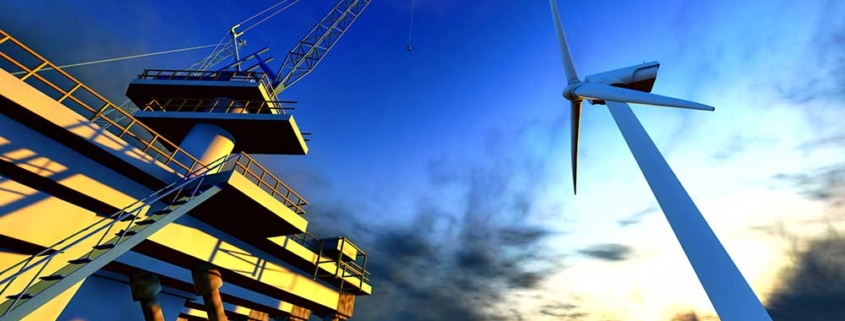North Sea Oil-to-Wind Transition
Way back in 2018 the Norwegian oil company Statoil changed its name to Equinor. This marked a clear shift in company policy, a transition to broader range of energy sources such as wind and solar. That change was highlighted in a recent Supplier Day event held during the Offshore Northern Seas (ONS) 2022 event at company headquarters in Stavanger, Norway. Over the course of two hours, it became clear that Equinor invites its suppliers to make this transition with them.
“We really want to progress the acceleration of the energy transition together,” said Mette H. Ottøy, chief procurement officer for Equinor. She told the audience of well-established providers of equipment and supplies for offshore oil and gas extraction that the company will now be looking for new suppliers of renewables, as well as those that can make the transition.
“I think we will need a whole range of different suppliers,” she said, “those competent and experienced within oil and gas, and new suppliers within renewables and low-carbon solutions.” Then she added, “And suppliers that have been with us for a long time within oil and gas that are actually able to transform themselves, that is also something that we are working on.”
Making the Transition
The transition has been interesting so far. Spoken presentations were punctuated by videos of Equinor suppliers installing oil platforms and erecting offshore wind turbines. You could see the similarity of technology and hardware needed to construct platform bases and wind-turbine pylons on the ocean floor—structures capable of supporting the necessary equipment. Certainly those engineering and construction companies are well-positioned to make the transition, with perhaps some adjustments in product design and implementation.
From our side, the transition is even easier. Data is data, after all. Whether it comes from an oil platform or a wind turbine, a secure, robust connection between the offshore equipment and onshore facilities is vital for safe and efficient operations. The same, secure DataHub tunnelling technology that Equinor has been using for years works equally well for renewable energy sources as it does for oil and gas. And the Equinor suppliers that also use DataHub technology will have an effortless transition as well.
Safety and Cybersecurity
Safety is the number one priority at Equinor. And for connecting remote systems through networking, that means cybersecurity. “Interconnected industry is what we have become,” Ottøy said. “We share data, we share systems, and links, and like it or not, an attack on one is an attack on several, and sometimes it’s actually an attack on all. Cybersecurity is becoming increasingly important, and digitalization of the energy industry is something that is increasing that risk, no doubt.”
This issue is front of mind for many in the industry: how to gain access to production data without compromising on cybersecurity. It is possible—with the right approach. Our recent white paper, Accessing Production Data vs Cybersecurity? Why not both? explains the challenges, pitfalls, and best practices in detail.
As the world faces ever-worsening effects of climate change, we fully support Equinor in their initiative to transition from traditional to renewable energy sources and low carbon technologies. We are pleased to see the company respond to the needs of the times, and equally pleased to play a part in making their transition a success.




